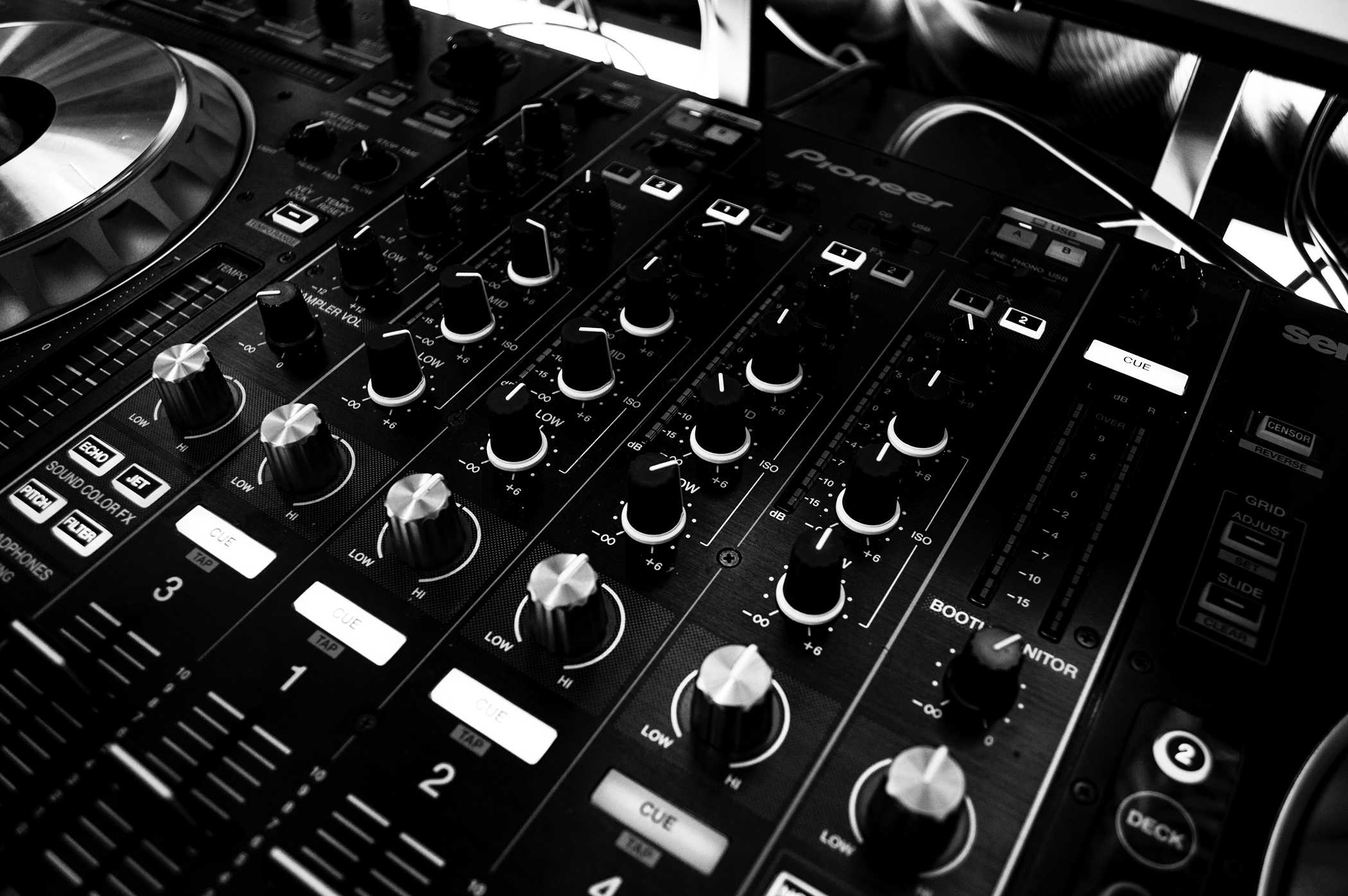Music is something that stirs feelings and emotions. Be it Mozart, Rihanna, Steven Wilson or Hans Zimmer, music always offers something that’s relatable to life. The synesthetic effect it has on our emotions, the way in which the form of music molds into the form of sound to a form of visual art and the landscapes that it creates in our mental space is the beauty of good music. Like civilizations, genres of music die out and are replaced by new “fads” that take over and spread like wildfire. Mainstream music is heavily dependent on the artist’s popularity, creativity and relatability to the mass audience. For example, pop songs like ‘Closer’ by The Chainsmokers, ‘Shape of you’ by Ed Sheeran, ‘Gangnam Style’ by Psy are so “famous” because they have a profound effect on the audience, because of the catchy beat, lyrics which are easy to understand and relate to, and the overall sensational hype it creates which spreads by word-of-mouth and creates a mass audience.
The birth of Ambience:
However, there is a genre of music that’s barely noticed or paid attention to by anyone, let alone analyzed. Sometimes people like using degrading terms like ‘Elevator music’ or ‘That music you listen to at hotel lobbies’. It’s not jazz, it’s not rock, country, pop; it doesn’t fit into any category whatsoever. Ambient music is a kind of music that favors creating atmosphere than over traditional rhythmic patterns. It is created by the uses of electronic soundscapes which makes minimal use of music and is more focused on its dilation. Imagine the images of a sea and a cyclonic thunderstorm. The same waves of the sea on a normal day then crescendo upwards and becomes more turbulent and restless. That’s the same effect music has on your ears, and consequently, on your mind. The calmer it gets the more soothing it becomes, but at the same time it should not be boring, because the beauty of the music is lost in that case. The same way a beautiful piece of art is zoomed into too much that it becomes nothing but a single color and hence, unremarkable. As the pioneer of ambient music, Brian Eno once said, “Ambient music must be able to accommodate many levels of listening attention without enforcing one in particular; it must be as ignorable as it is interesting”.
One of its sub-genres is the Dark Ambient, which is so obscure that it’s barely recognized let alone appreciated. Pretty much anyone can download software like FL studio, Cubase etc., download some patches and add subsonic ambient noises to make it dark and scary. However, the complexities that can be created by a piece of ambient music are endless. As it’s not subjected to any constraints, it has free reign to ‘experiment’ with as many soundscapes as it could. Thriller and horror movies are always in a dire need of atmosphere that’s usually created by lighting, cinematography and music. Composers of classic thrillers (‘Psycho’, ‘Birds’, ‘Silence of the Lambs’) like Bernard Herman employed sound effects like high-pitched violins scratching in rapid succession which feels like nails on a chalkboard, using the Pavlov effect where our brain associates the condition of unpleasant noises with horror and fear. Trent Reznor and Atticus Ross revolutionized this effect by combining dark ambient soundscapes with electronic staccatos, white noises and traditional instruments to create realism. Their music in films like ‘Gone Girl’, ‘Patriot’s Day’ and ‘The Girl with the Dragon Tattoo’ have a profound effect in setting up the dread in the atmosphere. The slow, suspenseful music doesn’t assault the audience’s ears, but slowly and steadily builds up, like poison. “Secrets” and “Clue two” from ‘Gone Girl’ or “Hypomania” and “Later into the night” from ‘The Girl with the Dragon Tattoo’ or “Dread” from ‘Patriot’s Day’, to name a few, tell a story with the music itself. A lot of their soundtracks have a rhythmic “hook” that is unique to each song: such as the periodical pendulum noise used in Clue two as it eventually crescendos as other screeching guitar sounds and blaring alarm noises were eventually added into the mix, thereby telling us the main character found something because of the clue, some shocking revelation; this is identical to the sounds and noises themselves. In other words, the unexplainable feelings are “synesthetized” to something that is relatable, but can’t be exactly explained. And that is the profound beauty of Reznor’s and Ross’s music.
Some composers also rely on modifying existing instruments or manipulating their sounds to create new, novel effects. Composers such as Amon Tobin or Jesper Kyd for instance, employ advanced techniques like adding filters to traditional instruments like drums (“Night time in new Orleans”, Hitman: Blood Money, 2006), or random sampling of exotic instruments such as the Tabla (an indian percussion instrument) are thrown into the mix of bassy electronic soundscapes which create a dark, foreboding atmosphere (“Sanitarium”, Hitman: Contracts, 2004) or the sound of a passing train, helicopter rotor sound heard backwards, while electronic ambient noise and electric guitars and drums give rhythm (“Main Title”, Splinter Cell Conviction), all working out in perfect chaotic harmony. Ordo ab chao.
Ambient “noise” music is an evolving genre of music that’s mostly ignored by a vast majority of the audience, for the reasons that they don’t consider it to be music at all, just random background noise. The scope and depth of the information that can be extracted from it speaks volumes about the world, the human mind and sounds in general, for it is the unnoticed, minuscule things in existence that are the most important.


